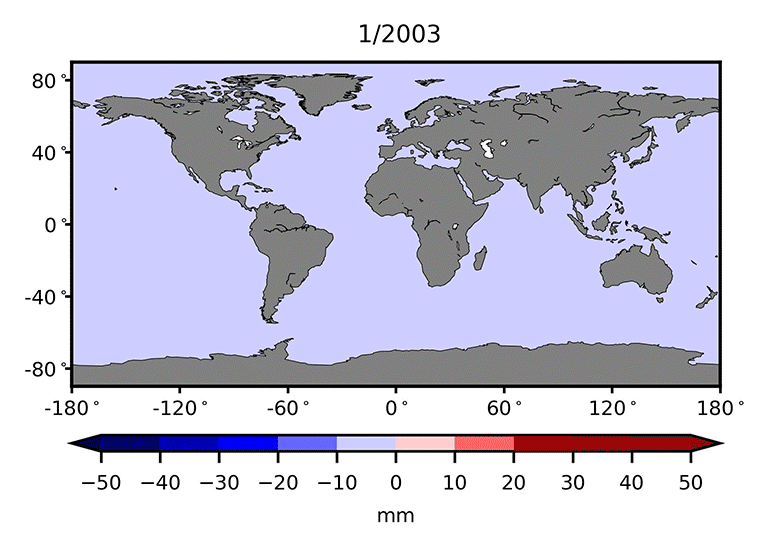
CLIMATE CHANGE CAUSED A MASSIVE ANTARCTIC ICEBERG TO BREAK OFF AND MELT
An iceberg the size of Delaware melted in the Southern Ocean. What does that mean?
News reports of the largest iceberg in the world (more than 2000 square miles) have appeared on all major media outlets this week. The iceberg broke off in 2017 and continued melt, while drifting toward the island of South Georgia, and eventually Argentina.
The massive iceberg added 167 million tons of freshwater into the Southern Ocean. Besides its contribution to sea-level rise, the size and location of the event are concerning. Antarctica has not warmed as fast as the Arctic circle, due to climate change. Scientists hoped that would remain the case, as policymakers attempt to meet reductions in greenhouse gas emissions necessary. Unfortunately, even the most ambitious climate policy targets will not prevent sea-level from rising to levels that will threaten or make life impossible in low-lying coastal zones.
In addition, most climate models do not take into account the complex interaction of factors that strengthen each other, as the planet warms. A good example is how melting ice sheets also weaken ocean currents, such as the Gulf Stream, now at its weakest in more than a millennium.
Gulf Stream current as visualized by NASA/Goddard Space Flight Center Scientific Visualization Studio.
The Gulf Stream, like most ocean currents, is powered by two engines: differences in temperature and salinity between different parts of the ocean. Icebergs that break off of ice sheets are made of freshwater, so their melting affects both engines and disrupts the normal cycle that made the current run strong for centuries. The Gulf Stream pulls water away from the US East coast, while also redistributing heat. If the current weakens, the height of tides increases.
Sea-level rise from a weaker Gulf Stream may occur faster than the rise due to ice sheets melting in Greenland and Antarctica, but its rate and the complexity of the problem make it less easily predictable.

World ocean currents. Credit: GRID Arendal
Another example of complex and poorly understood consequences of ice sheets and icebergs melting has to do with gravity. The enormous ice sheets in Antarctica cover the entire continent, which is significantly larger than the United States. All that ice weighs an estimated 26 million gigatons.
As the Earth spins on its axis, the weight of the ice in Antarctica creates a gravitational momentum, which simply means it attracts more water toward the South Pole. As that weight decreases, due to global warming and ice sheets melting, the weight also decreases, and with it also decreases the gravitational pull of that ice. That means that ocean water is not pulled south as much, and is freer to be distributed farther north, increasing sea levels in the Northern hemisphere.
To know how much this process is affecting sea-level rise we would need to know accurately the weight of the Antarctic ice sheet, and its speed of melting, and those figures are just estimates at this point.

Sea-level changes due to changes in gravity as a result of the melting of polar ice sheets. Credit: NASA/UCI (GRACE satellite)
Drastic events such as these, and the fact that they can still surprise us, emphasize the importance of going above and beyond planned greenhouse gas emission reductions. No technology is moving fast enough to replace carbon-intensive energy production and prevent these severe changes. The only solution is to reduce energy demand, and that is what TMX's Heat Abatement Technology can do.
